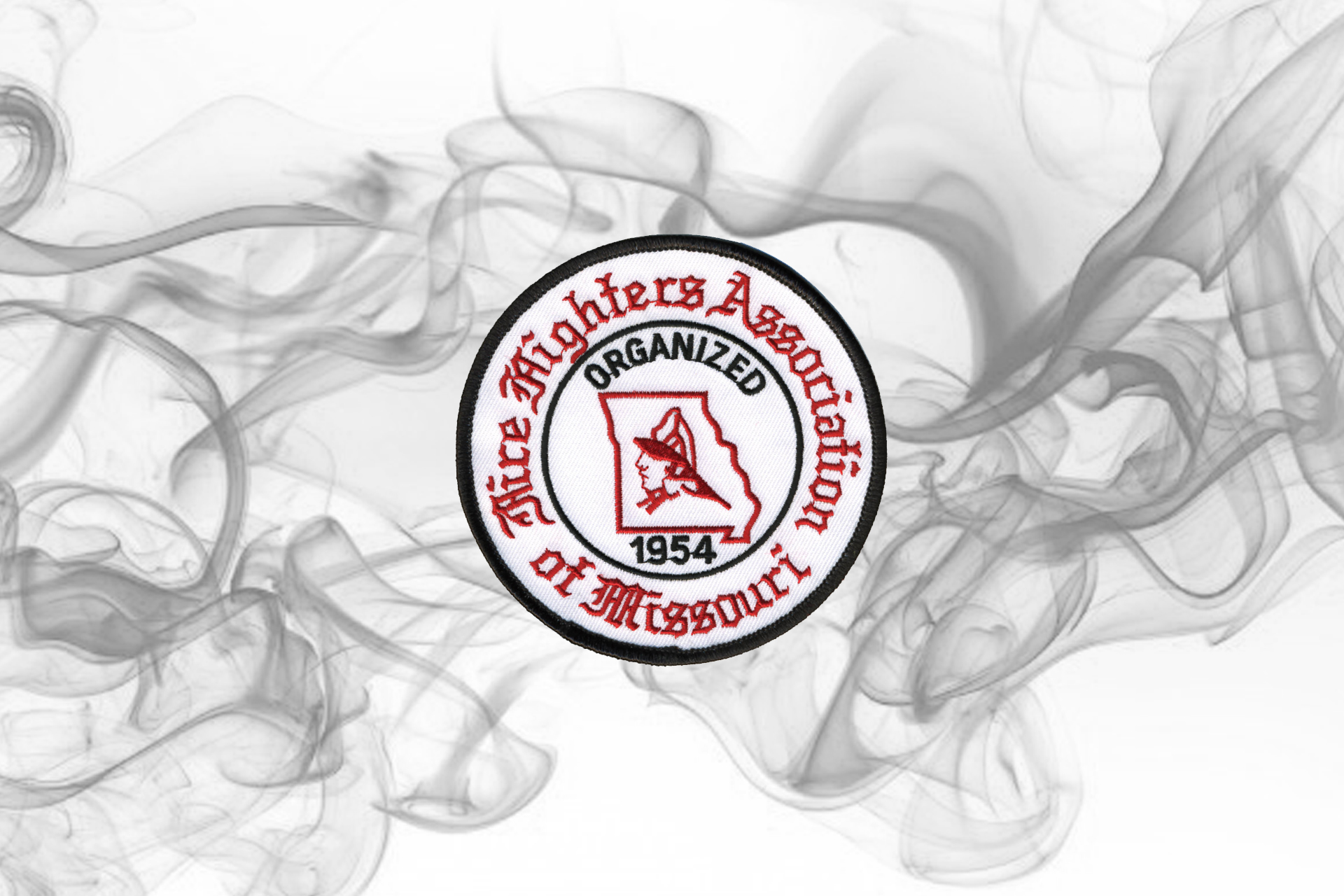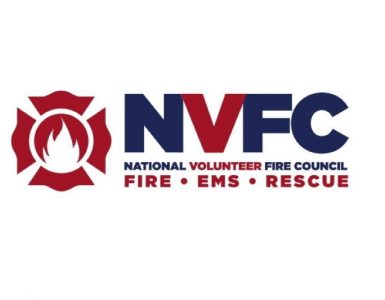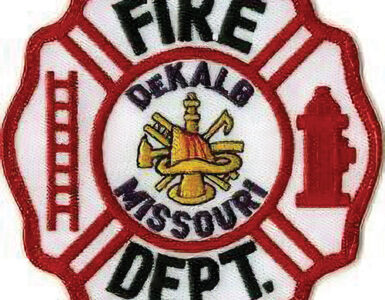In November, the Insurance Services Office reduced the district ISO from a 6 in hydrant areas and 8 in rural areas to 5 in hydrant and 6 in rural.
“It basically means that the lower the number, the cheaper your insurance will be,” Fire Chief Kevin Stephens said.
Homes within five miles of a fire station and within 1,000 feet of a hydrant will receive the 5 rating. Properties within five miles but without a hydrant will receive the 6 rating. The reduction was effective December 1, 2015.
Getting an ISO reduction is no easy feat and something the department is proud to achieve, Public Information Officer Deputy Chief Adam Gilbert said.
“It feels good to be able to provide better services, faster services and not only are we seeing this in our response time, but the ISO is showing this internally,” Gilbert said.
According to Highlandville Rural Fire District, ISO uses criteria based on dispatch, water supply, training and response time to determine these ratings.
“We added a few hydrants in Highlandville,” Stephens said. “A lot more training. We’ve really stepped up our training program and that was a big thing. The two things they look at most are training hours… and how much water you can haul to the scene.”
Gilbert commended each volunteer firefighter who put in hours to improve the district, not just for the ISO but for personal growth.
“They were deeply involved in the process,” Gilbert said. “Whenever they worked on a structure fire or were training, it counted toward hours for our community. With our guys getting all their training and responding to fire; getting out of bed at 2:00 a.m. and serving our community, counted toward getting this rating.”
Stephens said he thinks this could also attract residential growth to Highlandville.
“I think it will help some because, one thing, people are looking at buying or building and they try to find out a rough ballpark of what insurance will cost and by getting lower rates, that will help with the economy in the area as far as building goes,” he said.
Looking ahead, Stephens said he is hoping to update the district’s equipment.
“We’re trying to get some trucks updated,” he said. “We have a few that are starting to get old and they need to be updated.”
“There’s safety equipment in them that have to be updated as well,” Gilbert said. “ As you can imagine, a truck without any tools is no good unless it’s up to standard. We’d like to be taking some equipment that’s outdated and dilapidated and bring it to the 21st century.”
Stephens said the district is always looking for more volunteers, as well.
“The last five years, we’ve been bouncing between 28-31 volunteers. We have 32 right now and I’d like to see it up to 50,” Stephens said. “Because if we can get more volunteers in a few years, then we can go after another ISO rating and try to get it even lower. I’d like to get three hydrants, four in rural, but it’s going to take more volunteers, more tankers and that’s probably the biggest thing to get us before even thinking about getting another rating change.”
Because, Gilbert said, at the end of the day, it’s the volunteer firefighters who made it all possible.
“Our district wouldn’t survive and be what it is today,” he said. “While we have the board and chiefs, nothing gets done without our firefighters. Without them sacrificing from their families and giving of their own time not to only the fire district, but to families as well.”


































